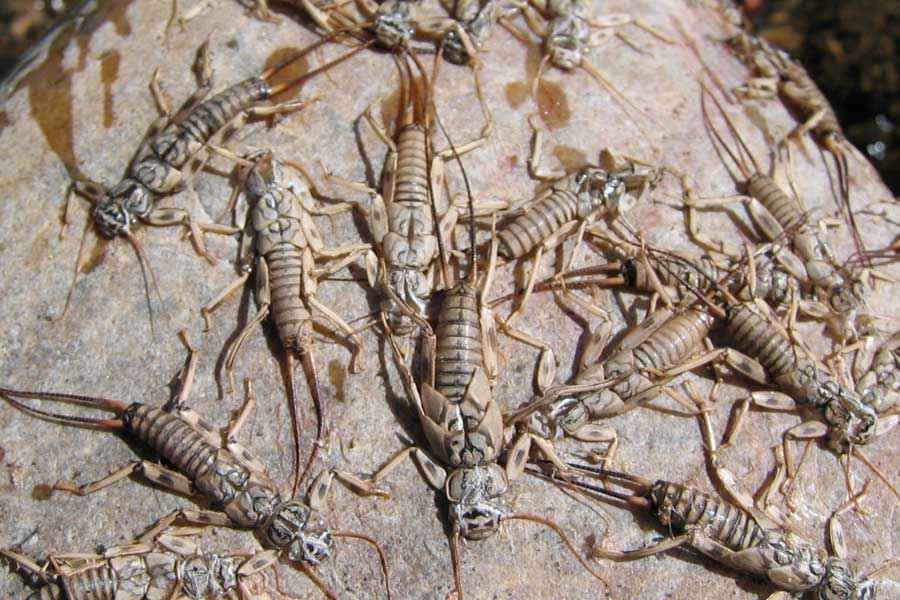Stoneflies – Understanding the Jackson Hole Fishing Experience


There are many occurrences in fly fishing that make it the wonderful experience we all seek as anglers. I personally put trout as the cornerstone quarry of the sport, largely due to the vast history trout have with fly fishers and also because of where I now live- Jackson Hole, Wyoming- where trout are a part of everyday conversation. Within this addictive culture lies several insects that deserve and often gain as much attention as the trout do. The big three are the mayflies(the delicate and most recognizable group), caddisflies(the bug storm hatches) and the stoneflies(the exciting big bugs), these can often all be seen together on any given day in early to mid-summer creating a bug soup. If you were to do a poll most anglers would likely prefer to fish the stonefly over the others. I know this because I do the poll almost everyday from June to July and 90% of the time visiting anglers say, "let's try the stonefly". At a glance this is easily understood, in general the bugs are much larger than all the others and offer a visual feast as well as an element of ease. Even if nymphing, I think the overall perception is that larger trout will pick up the sometimes huge food prey in the drift and there is some truth to this.
Stoneflies are of the order Plecoptera, a primitive aquatic insect that has an incomplete metamorphasis. Simply put it has only three stages... the egg, nymph(larvae) and adult. The nymphs are incredible crawlers and forage along stream beds consuming detritus and other small nymphs. Stoneflies prefer fast, cold flows and large rocks or downed timber but will be found in a broad range of habitats as long as adequate dissolved oxygen is available. Their lack of gills is a clue to their preferred habitat. Oxygen is absorbed directly through the exoskeleton underneath the legs unlike the muscular gills as with mayflies, thus you will often see the nymph performing "push-ups" in captivity. The nymphs live in their aquatic realm for 1-4 years depending on the species and molt several times to allow for growth. Once the time has come to emerge the nymphs crawl to the stream side, generally at night and crawl out of the water onto rocks or vegetation. Here the exoskeleton splits down the center of the thorax and the winged adult shakes lose from the nymphal shuck. This adult stage is the reproductive stage of the stonefly. The bugs will be most active on warm afternoons and after mating in stream side brush the females fall back to the river's surface to lay her eggs, completing the cycle.

You may have noticed the key windows to target these interesting creatures. Two major periods stand out -- the crawling nymph migration and the egg laying adult. The only exception I know that is worth mention is the isoperla group or sallies. Some of these smaller stoneflies emerge mid-day from gravel bars somewhat like mayflies and create quite the feeding frenzy. Lastly, when the female lays her eggs is when the best dry fly fishing occurs. That is it, there is no such thing as a stonefly emerger, just nymphs and adults.
The most famous of all the species is the Salmonfly, Pteronarcys californica. These occur on most of the large rivers of the west and hatches are generally when water temps reach a constant 54-56 degrees in June or July. The food prey is so large it can bring the best of trout to the surface but often the fish are gorged and the best activity can be brief and hard to target. The other large cousin is the Golden Stone, these bugs emerge in a broader window but are less prolific. Other mentions are the Western Brown stoneflies of late summer, popularized and well noted here in Jackson Hole on the Snake River, the early season Skwalla and the smaller but my personal favorite, the yellow Sallies.
Get out and enjoy one of natures most primitive and unique experiences, the lifecycle of the stonefly and get ready for the most exciting surface grabs of the year!

